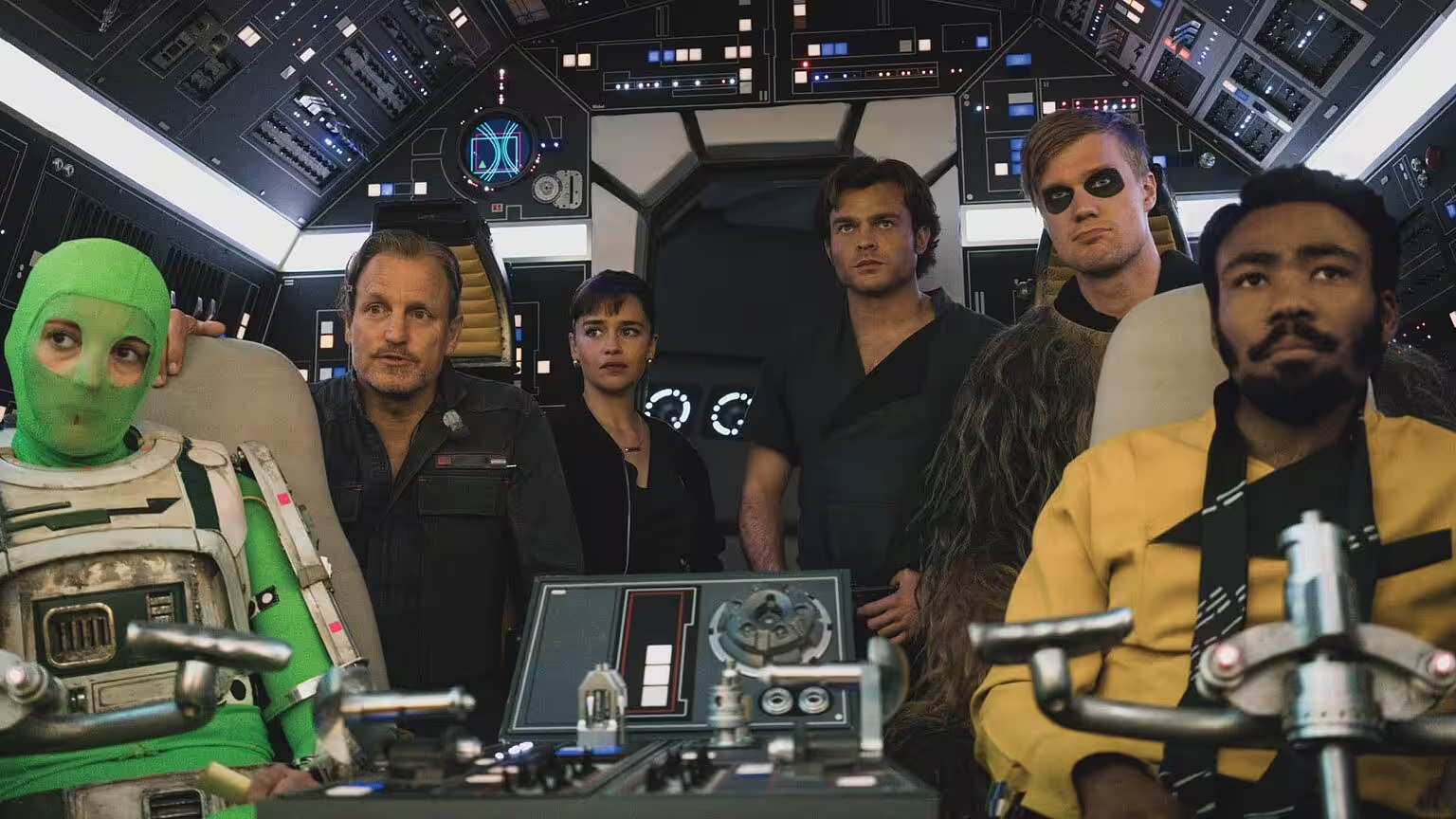Excerpted from a Q&A with ACM Siggraph 2018
SIGGRAPH: As former Chief Technology Officer and current SVP, Executive Creative Director, and Head of ILM, you clearly have a deep understanding of the ways technology and creativity can come together to create magical stories. What advice would you give to someone who wants to develop the next generation of enduring stories?
Rob: Some of the most exciting projects I’ve been involved with have been exactly at the intersection of creativity and advancing technology. My favorite collaborations are when a filmmaker hears about the limitations of a new technology and gets excited about pushing the envelope, working within some constraints to create something new. I remember when we were working on “The Polar Express” with Robert Zemeckis, we initially set up three different types of production workflows: One that was closer to live-action with CG backgrounds, a second that was a hybrid between live-action and CG, and a third that was an all-virtual workflow. He committed to the most challenging all-virtual workflow — we were off.
In terms of advice, I’d suggest that when you are hearing your trusted team tell you about brushing up against the limits, that probably means you’re onto something. Let those limits inform the creative, and let the creative push the limits of the technology — you’re probably working on something completely new. It’s fun when that happens.
SIGGRAPH: What do you hope for attendees to take away from your keynote address at SIGGRAPH 2018?
Rob: Everything we do is creative. Creative problem-solving is at the core of what we put on screens around the world, and also in how we approach it. I’ve been particularly inspired by past SIGGRAPH keynotes about the creative process. Whether you paint, animate, write code, research, manage creative people, or otherwise work around computer graphics, hopefully I’ll be able to provide a few inspiring stories and concepts that I’ve used to keep the creative at the center of my daily workflow.



